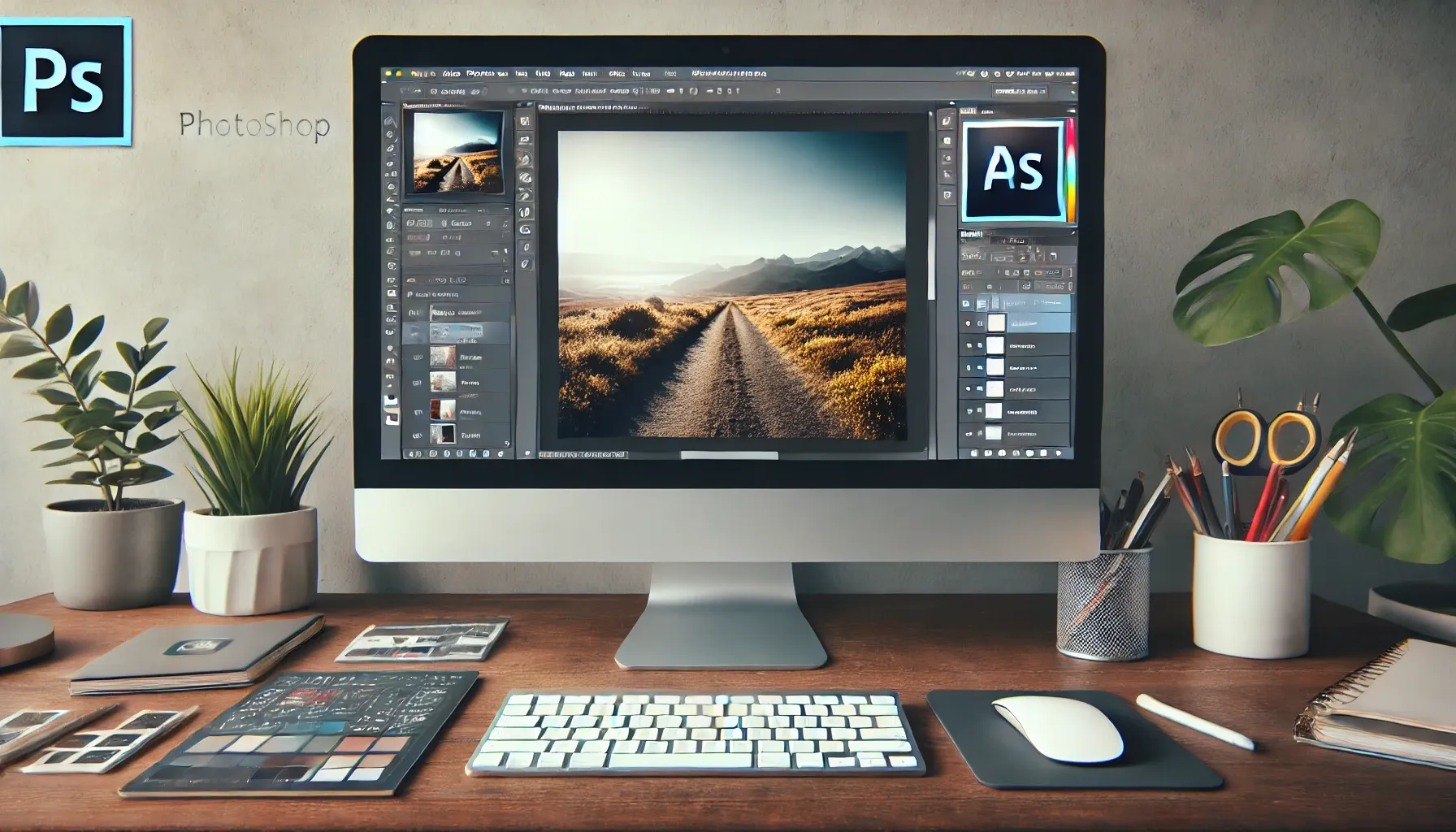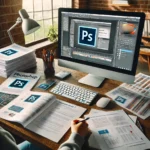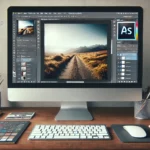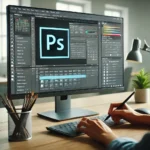Are you a beginner looking to master Photoshop Level 1? This guide will walk you through the fundamentals, including basic tools, techniques, and how you can improve your skills to move beyond the basics. Ready to take your first steps in Photoshop?
Photoshop Level 1: Getting Started with the Basics
Photoshop is a powerful tool used by designers, photographers, and artists worldwide, but for beginners, it can feel overwhelming. Photoshop Level 1 refers to the foundational skills that every new user should master to begin their creative journey. At this stage, you will focus on understanding the workspace, tools, and simple techniques to edit your photos and graphics effectively.
Here are five key areas you’ll focus on during your Level 1 journey:
-
Understanding the Interface Photoshop’s interface might look complicated at first, but with a little practice, you’ll learn to navigate it. The workspace consists of several panels, such as the Layers Panel, Tools Panel, and Options Bar. Understanding the layout is your first step to feeling comfortable with the software.
-
Using Basic Tools The most commonly used tools in Photoshop Level 1 are the Move Tool, Marquee Tool, Lasso Tool, and the Brush Tool. These will help you make selections, manipulate images, and apply basic edits.
-
Working with Layers Layers are crucial in Photoshop, allowing you to work non-destructively on different parts of an image. Learn how to create new layers, rearrange them, and apply layer effects to modify your photos.
-
Basic Color Adjustments Knowing how to adjust the brightness, contrast, and saturation of an image is one of the first skills to master. Photoshop offers many tools, such as the “Levels” and “Curves” adjustment layers, to help you enhance your image.
-
Saving and Exporting Your Work Understanding how to save your files properly, whether you’re saving as a PSD (to preserve layers) or exporting as a JPEG/PNG for sharing, is essential for beginners.
Once you have a handle on these basic elements, you’ll be ready to tackle more advanced techniques. Mastering these skills allows you to focus on creativity without being bogged down by the technical aspects.
👉 Learn More about Photoshop Level 1 👈
Photoshop Level 1 Deduction: Breaking Down Common Beginner Mistakes
When you’re learning Photoshop, it’s easy to fall into certain traps that can slow down your progress. “Photoshop Level 1 deduction” involves recognizing and fixing mistakes that beginners often make while navigating the software. Here are five common errors, and how to avoid them:
-
Not Working with Layers One of the biggest mistakes beginners make is not utilizing layers effectively. Without layers, making changes to an image can be destructive, meaning you may permanently alter an original photo. Always work with layers to keep the original intact.
-
Using Too Many Filters Filters are tempting to use, especially when you’re just starting out. However, relying too heavily on filters can make your edits look unnatural. Instead, focus on learning manual adjustments like color correction and layer blending.
-
Not Using Shortcuts Photoshop is filled with keyboard shortcuts that can make your workflow more efficient. Beginners often don’t take advantage of them. For example, “Ctrl + Z” (or “Cmd + Z” on Mac) is the undo shortcut, which can save time and frustration.
-
Ignoring Image Resolution New users sometimes overlook resolution settings when creating or editing images. If you work with low-resolution files and later print them, the final output may look pixelated. Always pay attention to image resolution, especially when preparing for print.
-
Overdoing Selections Selections are one of the core techniques in Photoshop. Beginners often make selections that are too rough, which results in visible edges that don’t blend well. To fix this, use feathering or refine edge techniques to smooth out selections and make your edits look more natural.
Learning from these mistakes can significantly speed up your Photoshop learning curve, ensuring that you not only work faster but also produce higher-quality results.
👉 Discover More Tips for Avoiding Beginner Mistakes 👈
Photoshop Level 1 No. 1: Why Mastering the Basics is Essential
At Photoshop Level 1, mastering the basic tools and techniques may seem simple, but it is crucial for long-term success. The “Photoshop Level 1 No. 1” technique you need to focus on is the selection and masking technique. This is considered the most important skill at this stage because it forms the foundation for everything else.
Here’s why:
-
Non-Destructive Editing Using selections and masks allows you to make changes without permanently altering the original image. For instance, if you want to adjust the brightness of a specific part of an image, you can make a selection and apply a mask. This keeps the rest of the photo unaffected.
-
Precise Edits Mastering selections enables you to perform precise edits that look professional. Whether you’re cutting out a subject from the background or enhancing certain parts of the image, selections give you the control you need.
-
Versatility Once you become comfortable with selections and masks, you’ll be able to apply this skill across different tools in Photoshop, such as adjustment layers, filters, and even the Clone Stamp tool. This versatility is essential for complex editing tasks.
-
Time-Saving Using the right selection techniques can speed up your workflow significantly. Instead of erasing or adding elements directly, you can simply select and mask, making your editing process faster and more efficient.
-
High-Quality Results Proper selection and masking techniques lead to seamless, polished images. For example, when you cut out a subject, if you use feathering and soft edges, the transition will be smooth, making your work look professional.
Focusing on mastering this one skill at the beginning will make you much more efficient as you dive into more advanced Photoshop techniques.
👉 Learn about Selection and Masking Techniques 👈
Conclusion
In conclusion, Photoshop Level 1 is about building a solid foundation, and mastering the basics will open the door to more advanced techniques. By understanding the interface, tools, and concepts like layers and selections, you’ll be able to produce professional-quality work in no time. Remember, the key to mastering Photoshop is practice and patience.
As you continue on your journey, always remember that the most successful Photoshop artists started with the basics, just like you. With perseverance and continuous learning, you’ll be able to unlock your creative potential and make stunning images.
“Great things are not done by impulse, but by a series of small things brought together.” – Vincent van Gogh






